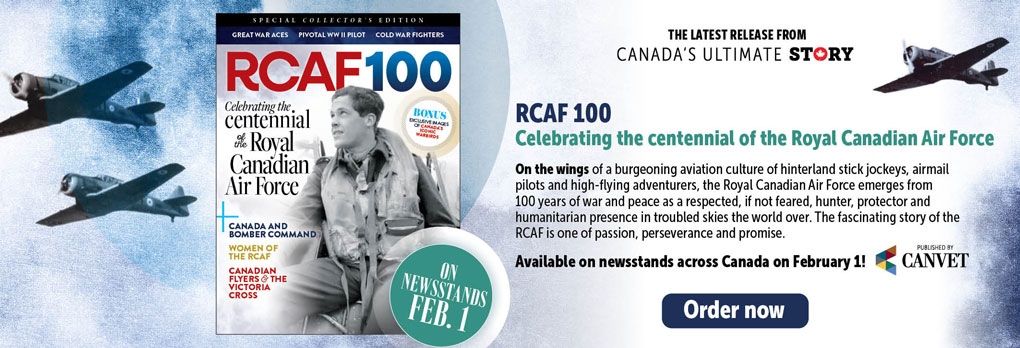A century after the First World War and seven decades after the second, how much new could there possibly be to discuss? Plenty—and we’re nowhere near done augmenting and correcting the historical record, judging by research shared by historians at the 83rd annual meeting of the Society for Military History in Ottawa this spring.
Recent digitization of some First World War service records has revealed information that could change a national debate.
“We need to correct the perception we have about French Canadian enlistment” in the First World War, said Jean Martin of the Department of National Defence’s Directorate of History and Heritage. For 80 years it has been estimated only about 35,000 French Canadians served, a fact that has underscored rancorous debate throughout the years.
In a bid to better identify French Canadians, Martin cross-referenced, province by province, place of birth, place of enlistment and place of residence at enlistment for members of the CEF whose names began with the letter B. “My own estimate is at least twice that number served,” he said, and perhaps as many as 85,000.
For 80 years it has been estimated only about 35,000
French Canadians served, a fact that has
underscored rancorous debate.
The early years of the 20th century were marked by a churn in the population, with many people changing provinces, and many volunteers crossing borders to enlist. More than 40,000 men came to Ontario to enlist, which calls into question long-held beliefs about enlistment of Ontarians, too.
Enlistment was higher among recent immigrants than the Canadian-born, regardless of province. Since only about 10 per cent of the data has been digitized, Canadians can expect estimates to become more precise in the future.
Nearly 100 presentations, including a couple of dozen by Canadians, were delivered at the meeting, which was sponsored by the Canadian War Museum and the Canadian Museum of History. Topics ranged from army, navy and air force history, to dissection of Canadian military activity in every era from the War of 1812, through the world wars, the Cold War, right up to cyberwarfare.
University of Victoria historian David Zimmerman discussed the shocking state of naval security on Canada’s West Coast during the Cold War, when a large fleet of Soviet subs prowled the Pacific, and North American defence plans focused on the skies. And University of Toronto digital media expert Jon Lindsay discussed how deterrence of cyberattacks may be impossible, but utility of information technology to all combatants and hostiles has in some measure provided protection against the “digital Pearl Harbor,” discussed and feared for about 25 years.
The plight of 3,800 Canadian prisoners of war was highlighted by Mélanie Morin-Pelletier of the Canadian War Museum through the story of artist Arthur Nantel, captured in 1915 during the Second Battle of Ypres. Aside from paintings commissioned by German captors, Nantel documented life at Giessen Camp, about 50 kilometres from Frankfurt, and those sentenced to heavy labour on farms and in a salt mine. He managed to bring only a score of paintings home.
A presentation by Jeff Noakes of the Canadian War Museum went some way to explaining why bagpipes play such an important role in commemorative services even today. Canada had two million Scottish immigrants whose social clubs and militia units metamorphosed into two dozen Highland battalions, with scads of other battalions adopting some Scottish cultural elements. Scots and non-Scots alike aspired to the stereotype of rugged Highland manhood. Eventually the images merged into national military identity, as evidenced by a Japanese-Canadian youngster clad in a Scottish costume, photographed at the dedication of a war memorial in Vancouver’s Stanley Park.
Canada was among the first to make sanitation the responsibility of commanding officers, contributing to improvements that made the Great War the first in history in which deaths from diseases like typhoid, cholera and dysentery did not outnumber deaths in battle, said Robert Engen of the Royal Military College. During the Boer War, 6,000 troops died in battle, but 16,000 succumbed to disease. Compulsory vaccinations of Canadian First World War troops resulted in only 16 deaths when typhoid and para-typhoid swept through the trenches, compared to 14,500 French and 11,500 German deaths.
Advertisement














